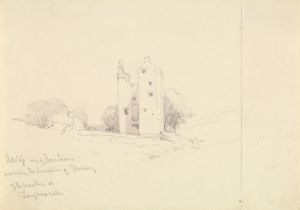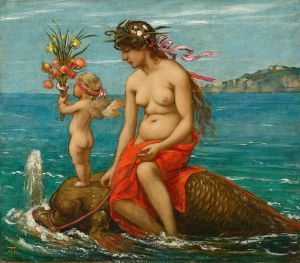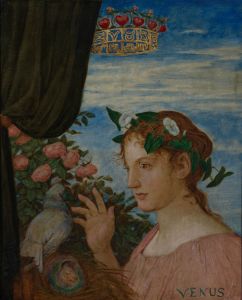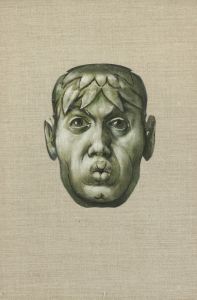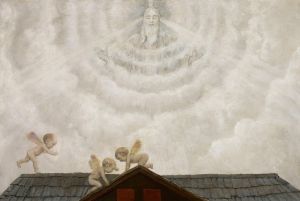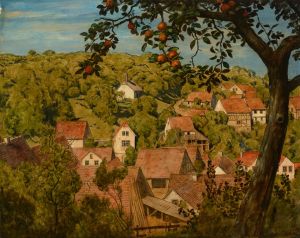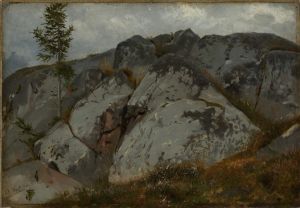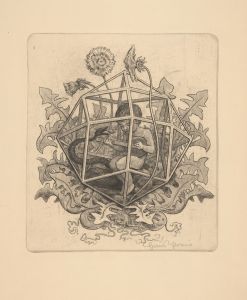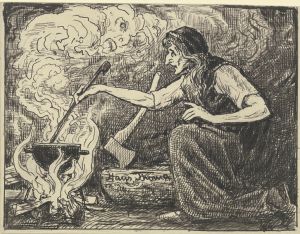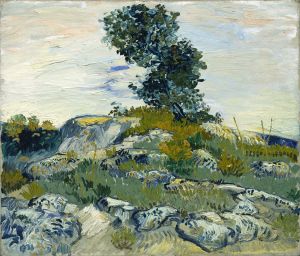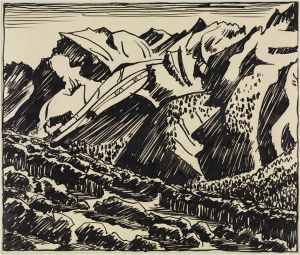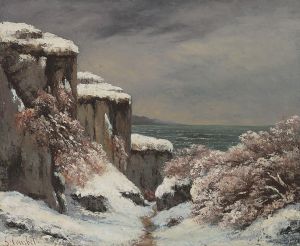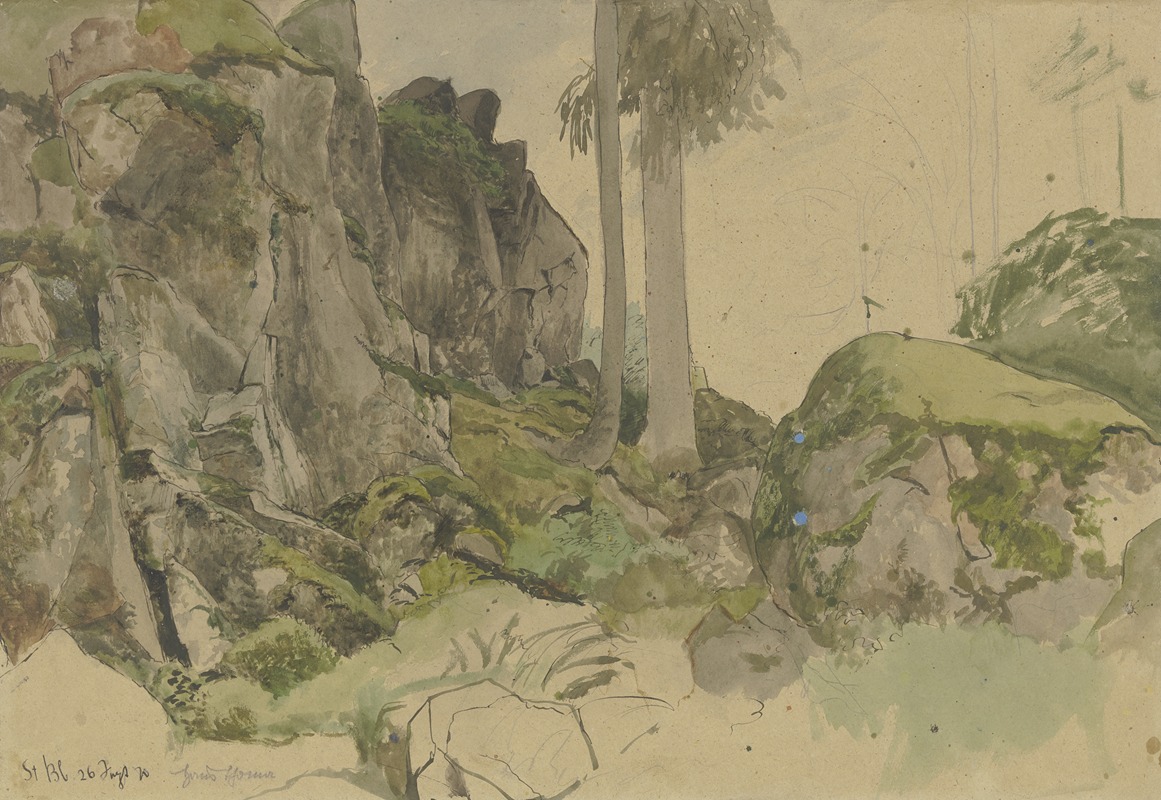
Rocks near St. Blasius, Black Forest
A hand-painted replica of Hans Thoma’s masterpiece Rocks near St. Blasius, Black Forest, meticulously crafted by professional artists to capture the true essence of the original. Each piece is created with museum-quality canvas and rare mineral pigments, carefully painted by experienced artists with delicate brushstrokes and rich, layered colors to perfectly recreate the texture of the original artwork. Unlike machine-printed reproductions, this hand-painted version brings the painting to life, infused with the artist’s emotions and skill in every stroke. Whether for personal collection or home decoration, it instantly elevates the artistic atmosphere of any space.
Hans Thoma was a German painter born on October 2, 1839, in Bernau, in the Black Forest region of Germany. He is known for his landscapes, portraits, and genre scenes, often depicting the natural beauty and rural life of his native region. Thoma's work is characterized by a detailed and realistic style, often infused with a sense of romanticism and a deep appreciation for nature.
One of Thoma's notable works is "Rocks near St. Blasius, Black Forest." This painting exemplifies his skill in capturing the serene and majestic qualities of the Black Forest landscape. The painting depicts a rocky terrain near the area of St. Blasius, a location within the Black Forest known for its picturesque scenery and natural beauty. Thoma's attention to detail is evident in the way he renders the textures of the rocks and the surrounding vegetation, creating a vivid and immersive scene.
The Black Forest, or Schwarzwald in German, is a large forested mountain range in the state of Baden-Württemberg in southwest Germany. It is renowned for its dense forests, rolling hills, and charming villages. The region has long been a source of inspiration for artists, writers, and musicians, and it holds a significant place in German cultural history. Thoma's connection to the Black Forest was deeply personal, as he was born and raised in the area, and it remained a recurring theme in his work throughout his career.
Thoma's artistic journey began with his studies at the Karlsruhe Academy of Fine Arts, where he was influenced by the works of the Old Masters and the emerging styles of the 19th century. He later moved to Munich and then to Paris, where he was exposed to various artistic movements, including Realism and Impressionism. Despite these influences, Thoma developed a unique style that combined elements of realism with a romantic and sometimes mystical approach to landscape painting.
"Rocks near St. Blasius, Black Forest" reflects Thoma's ability to convey the tranquility and timelessness of nature. The composition is carefully balanced, with the rugged rocks in the foreground leading the viewer's eye into the lush greenery and distant hills. The use of light and shadow adds depth and dimension to the scene, enhancing the sense of realism and inviting viewers to experience the peaceful solitude of the forest.
Throughout his career, Hans Thoma received recognition for his contributions to art, and he held several prominent positions, including director of the Karlsruhe Academy. His work was celebrated for its technical precision and emotional resonance, and he became an influential figure in the German art scene of the late 19th and early 20th centuries.
Today, Thoma's paintings, including "Rocks near St. Blasius, Black Forest," continue to be appreciated for their beauty and craftsmanship. They offer a glimpse into the natural world of the Black Forest and reflect the artist's deep connection to his homeland. Thoma's legacy endures as a testament to his skill as a painter and his ability to capture the essence of the landscapes he loved.






